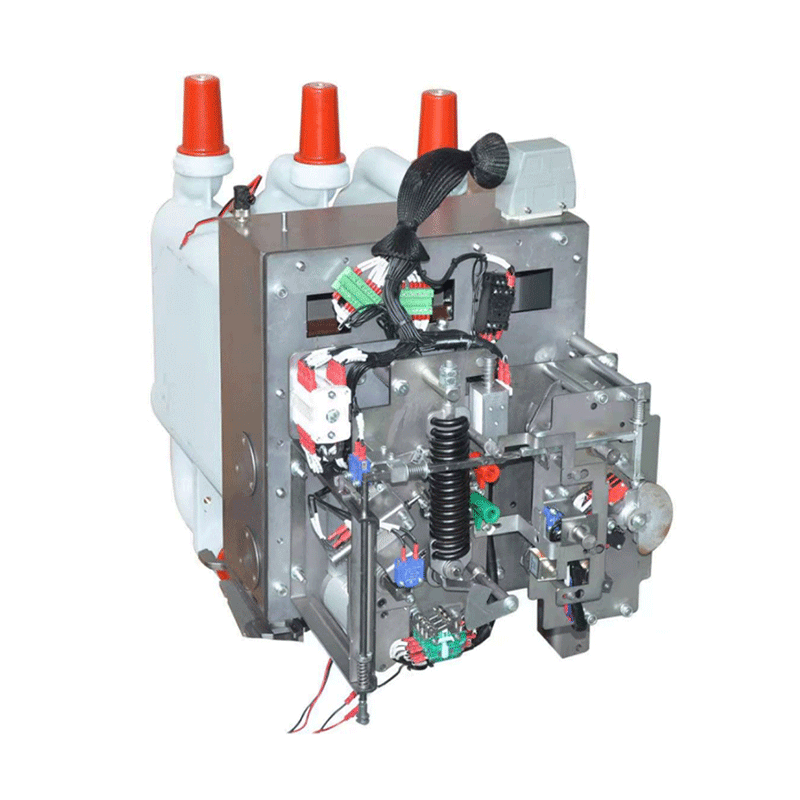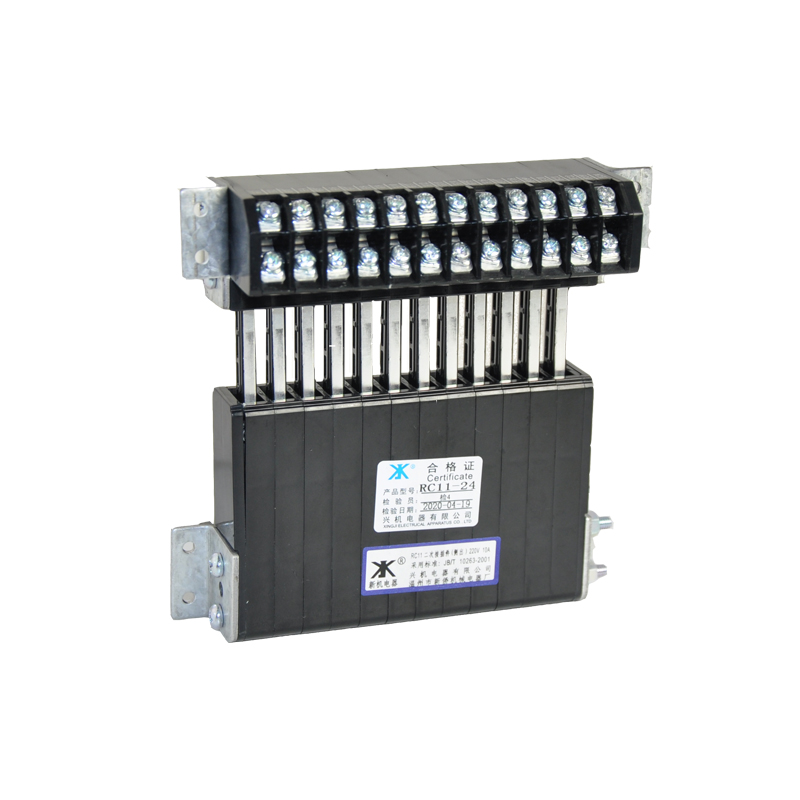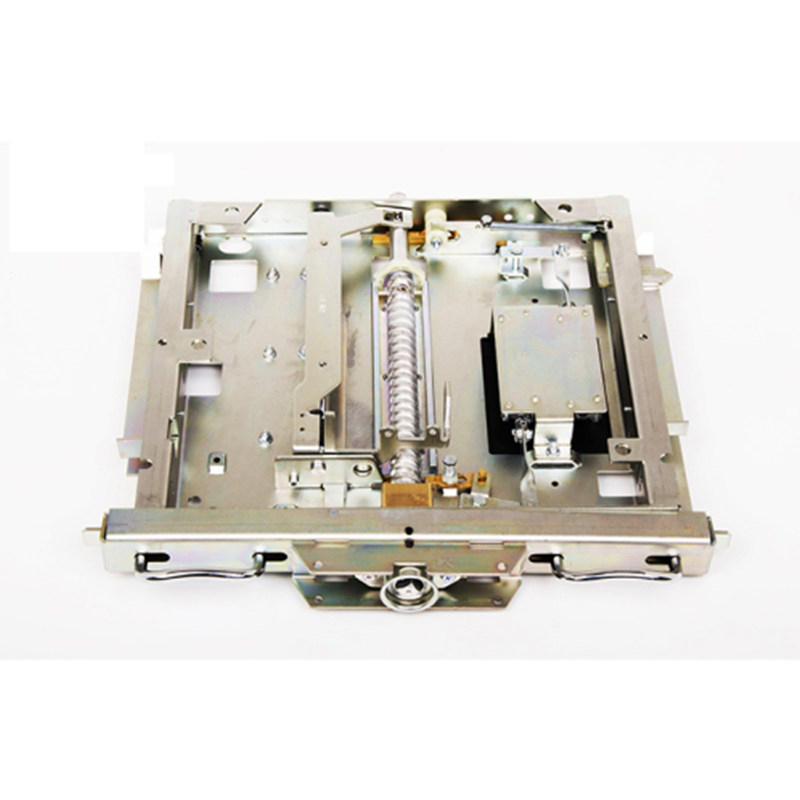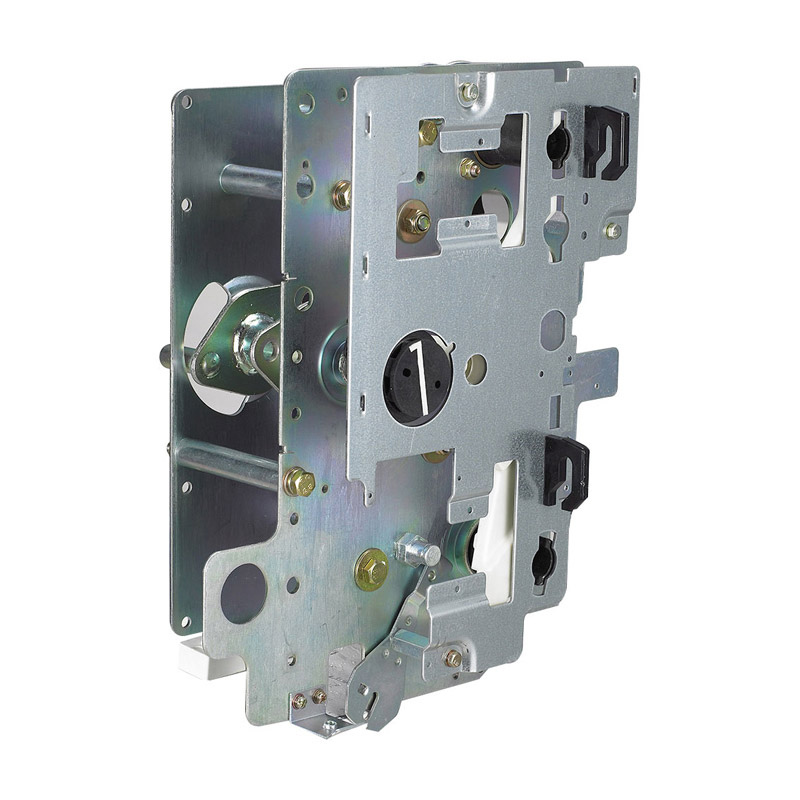What are the environmental benefits of vacuum low voltage switchgear and its market adoption rate?
In the modern power distribution system, the selection of switchgear is crucial not only for the efficient operation of the power grid but also for environmental protection. Vacuum low voltage switchgear has emerged as a promising option in recent years, with distinct environmental benefits and an increasing market presence.
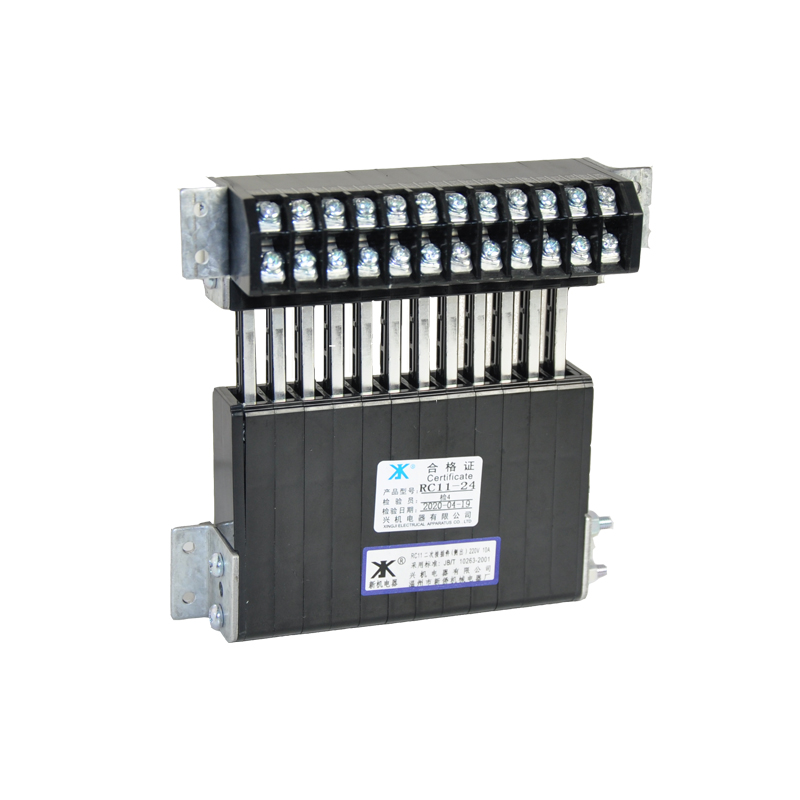
1. Environmental Benefits
1.1 Reduced Use of Hazardous Materials
Traditional low - voltage switchgear often relies on substances like SF6 gas for insulation and arc - extinguishing. SF6 is a potent greenhouse gas with a high global warming potential (GWP). In contrast, vacuum low voltage switchgear uses a vacuum environment for arc - extinguishing, eliminating the need for such harmful gases. This significantly reduces the environmental impact associated with the production, use, and disposal of switchgear. For example, in large - scale industrial power distribution systems, the elimination of SF6 - based switchgear can lead to a substantial reduction in greenhouse gas emissions over the equipment's lifespan.
1.2 Energy - Efficiency
Vacuum low voltage switchgear is highly energy - efficient. The vacuum arc - extinguishing mechanism has low contact resistance, which results in less energy loss during operation. Less energy loss means lower power consumption, contributing to overall energy conservation. In commercial buildings with extensive power distribution networks, the use of vacuum low - voltage switchgear can lead to a decrease in electricity bills over time. Additionally, reduced energy consumption also means less demand for power generation, which in turn reduces the environmental impact associated with power production, such as coal - fired power generation's emissions of pollutants like sulfur dioxide and particulate matter.
1.3 Long Service Life and Reduced Waste
These switchgears typically have a long service life. The vacuum - sealed interrupters are highly reliable and durable, requiring less frequent replacement compared to some traditional switchgear components. A longer service life means less waste generation in the form of discarded switchgear. This is beneficial for the environment as it reduces the burden on landfills and the need for resource - intensive manufacturing processes for new equipment. In municipal power distribution systems, the long - lasting nature of vacuum low - voltage switchgear can minimize the environmental impact associated with equipment replacement and disposal.
2. Market Adoption Rate
2.1 Growth in the Industrial Sector
In the industrial sector, the market adoption rate of vacuum low - voltage switchgear is steadily increasing. Industries such as manufacturing, petrochemicals, and mining are recognizing the long - term cost - effectiveness and environmental advantages of these switchgears. For example, in a large - scale manufacturing plant, the installation of vacuum low - voltage switchgear can not only improve the reliability of the power supply but also reduce the overall environmental footprint of the facility. As a result, many industrial enterprises are opting for vacuum low - voltage switchgear during new construction or equipment upgrade projects.
2.2 Penetration in the Commercial and Residential Sectors
In the commercial and residential sectors, the adoption of vacuum low - voltage switchgear is also on the rise. In commercial buildings like shopping malls and office complexes, the need for energy - efficient and reliable power distribution systems has led to an increased interest in vacuum low - voltage switchgear. In the residential sector, although the penetration rate is relatively lower compared to industrial and commercial applications, the growing awareness of environmental protection and energy conservation is gradually driving the adoption of these switchgears in high - end residential developments.
2.3 Regional Variations
The market adoption rate of vacuum low - voltage switchgear varies by region. In developed regions with strict environmental regulations and a high emphasis on energy conservation, such as Western Europe and North America, the adoption rate is relatively high. These regions have a more mature market for green technologies, and the cost - effectiveness of vacuum low - voltage switchgear over the long term is more easily recognized. In contrast, in some developing regions, the adoption rate may be lower due to factors such as higher initial investment costs and a lack of awareness about the long - term benefits. However, as the global focus on environmental protection intensifies, the market for vacuum low - voltage switchgear is expected to expand in these regions as well.
In conclusion, vacuum low - voltage switchgear offers significant environmental benefits, making it an attractive option for a sustainable power distribution future. Its market adoption rate is steadily increasing across various sectors and regions, driven by environmental awareness, energy - efficiency requirements, and long - term cost - effectiveness considerations.


.jpg)


